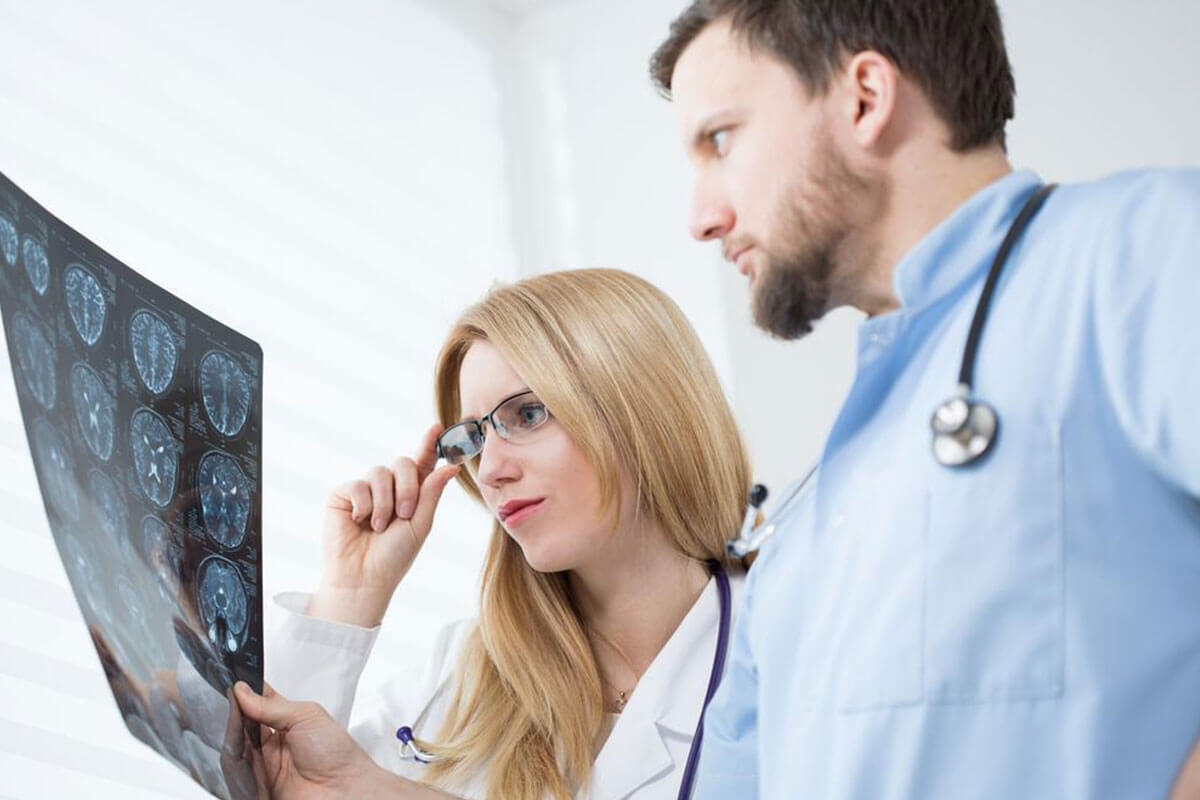Here’s How You Can Manage Pain Through Severe Pain Medication

The only way to reduce the symptoms of severe body pain is by taking pain medications. Medicines can treat severe body pain.
If you have ever experienced severe body pain, you must know how unbearable it is. So much unbearable that even easy measure such as complete relaxation fail to work. It can be a bad headache or acute back pain. You must have then taken non-prescribed painkillers such as Aspirin or Paracetamol or Ibuprofen to relieve the pain. But if your pain lingers on for quite some time you should pay a visit to your physician.
Pain is a tormenting feeling often triggered by severe or hurtful sensation. This distasteful sensory experience comes with definite or probable tissue damage. Removing the sensation developing the pain and restoration to health heals most pain.
Globally, pain is the chief reason for medical consultation. It is the main symptom in several medical circumstances. Simple medicines can bring relief in some cases of pain. But severe ones need medical attention. Pain has a negative impact on a person’s daily life and general performance. Pain is often accompanied in post-surgery cases.
Pain Management
Pain management includes:
- Feedback from patients about the pain
- Locating the area of pain
- Finding out the intensity of pain
- Feel factor of pain from the patient
- Making a note of when pain had commenced
- Assessing the type of treatment or medication required
A pain management team may include a physiotherapist, medical practitioner, psychologist, and occupational therapist.
Statistics of Severe Pain
Severe and chronic pain has been more and more recognized as being on a continuous rise. Their growth depends on the initial pain undergone by the patient. A survey on adults done during a period of three months showed some revealing figures. Of all, 29% had low back pain, 17% encountered a migraine or a severe headache. Also, 15% experienced neck pain, and 5% faced facial or jaw pain. In the survey, you will find that analgesics were the prescribed severe pain medications.
Post-surgery pain can be very severe.
Severe Pain Medication
In both the acute and chronic pain settings, use of opioid therapy has been observed. Opioids have several shortcomings. These include a chance of nausea and vomiting, constipation, and respiratory trouble. Androgen deficiency and physical dependence can also be observed.
Opium is an element to prepare opioid medications. It also leads to addiction by either the patient or others. Hence, it would be beneficial to consider non-opioid options for pain management. Despite their misuse, people will still continue using it in pain management. The option of using non-opioid medication will lower the amount of opioid necessary for the treatment. It can even effect better pain control.
As a matter of fact, given the majority of both acute and chronic pain are complex in nature. Both of these depend on many factors.
Acute Pain Management
IV Acetaminophen (Ofirmev)
The Food and Drug Administration (FDA) of the US has approved IV acetaminophen. This is for treatment of severe pain together with opioid analgesics.
Benefits
As an appendage to opioids, IV acetaminophen decreases pain better than placebo. IV acetaminophen decreases opioid consumption in major surgery by one-third compared with placebo.
Non-Benefits
There are some adverse effects of IV acetaminophen. These are constipation, nausea, pain at injection position, and vomiting.
IV Ibuprofen (Caldolor)
IV ibuprofen treats moderate to severe pain as an add-on to opioid analgesics in adults. Like IV acetaminophen, IV ibuprofen decreases pain. This is especially in postoperative pain. IV ibuprofen does not have a threshold on the duration of use.
Anticonvulsants
Gabapentin and pregabalin (Lyrica) have time-honored efficacy. These are the first-line defense in various types of neuropathic pain. Gabapentin counters side effects such as drowsiness and dizziness. A dose of one-time daily gabapentin formulation treats severe pain. The recommended daily dose titration can reach 1800 mg within 14 days.
Tricyclic Antidepressants
Amitriptyline, desipramine, and nortriptyline are tricyclic antidepressants. These treat postherpetic, neuralgia, neuropathy, pain after stroke, and polyneuropathy. Severe and chronic pain calls for an increase in dose until the pain is under control. This treatment is often favored due to low cost. Their side effects such as constipation, urinary retention, and possible toxicity in cardiac system limit their use. You should be cautious while administering antidepressants on elderly patients. The good effect of this drug is the improvement in depression and sleep disorder. These are common problems among severe and chronic pain patients.
Non-steroidal Anti-inflammatory Drugs (NSAIDs)
Various formulations of topical diclofenac are available. Using topical diclofenac are good for treating osteoarthritis, severe muscle and bone pain. Consider consulting a doctor before prescribing to any severe pain medication.


